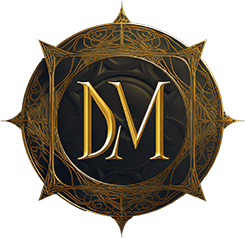Dark Academia Dresses

- August 24, 2023
- Dagmara Mach
Fully embracing the moody, majestic, maximalism of the aesthetic, Dark Academia dresses elevate elements of Medieval architecture, Romantic naturalist art, Baroque flare and layers of finely cut Gothic revival lines.
Achieving aesthetic darkness in your Dark Academia dresses relies on high quality fabrics, lively color palletes, and sexy strategic shadowing. Transcend tradition and elevate educated elegance with designs and patterns that tell the tale of you. Unlock the hidden novelties within the depths of your own curious mind and display them on you.
ERUDITE ELEGANCE
Willfully Wild, Wickedly Wise
Colors
Naturally nuanced and vengefully vibrant, Dark Academia dress colors convey meaningful mystery - and in their opposing nature - Dark Academia's duality.
Deep forest greens, pair with crimsons, yellows, and royal blues atop botanical browns, gothic grays, and classical creams casting colorful contrast that tease the eyes.
Textiles
High quality, long-lasting, sustainable materials make Dark Academia dresses into wonderful works of art.
Seductive silks, clean cottons, wild wools, and luxurious leathers as well as gems and feathers fall together in richly textured Old Money aesthetic layers that hauntingly hint at sweet sophistication in ways known only to a clandestine few.
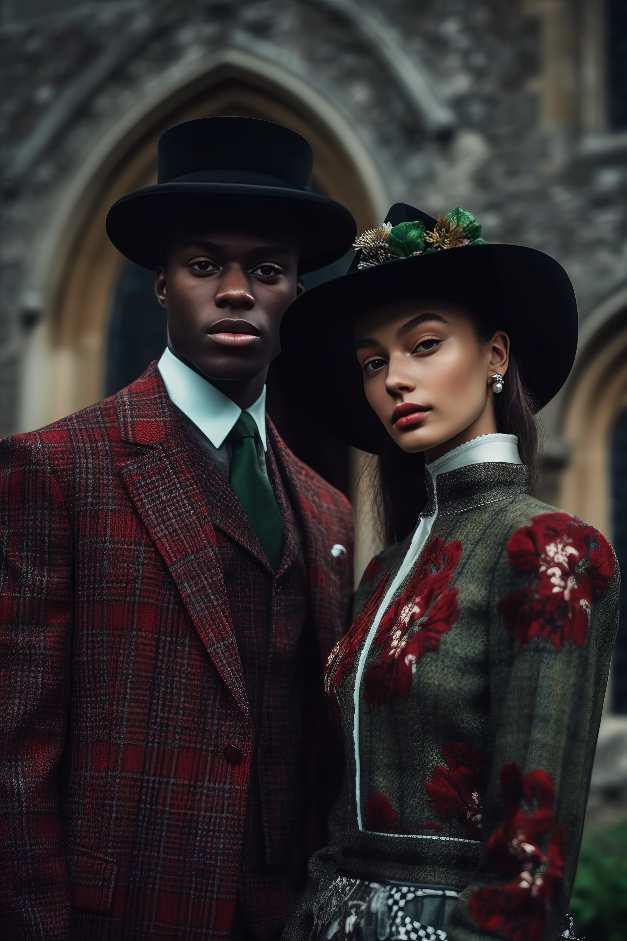
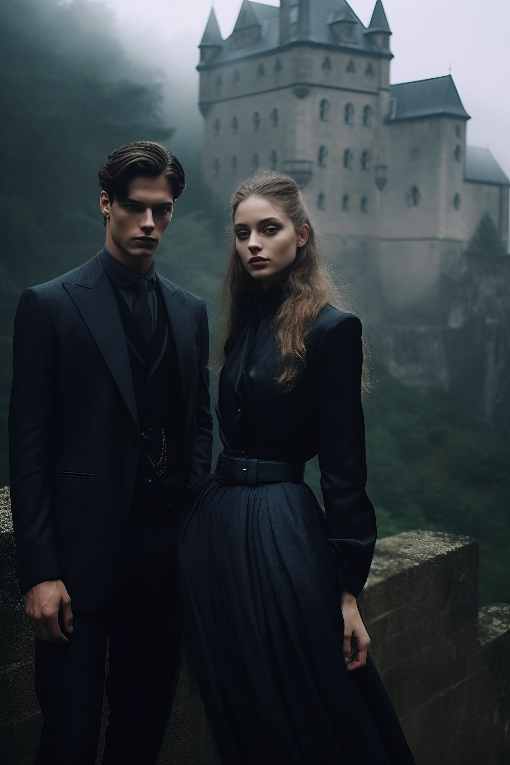
FORBIDDEN FASHION
Mythically Magical, Majestically Mystic
Cuts
Meant to evoke a sense of intoxicating intellectualism, monastic mystery, and vintage Victorian vivaciousness, Dark Academia's flawlessly fine dress cuts and luxuriously layered lines reflect the aesthetic's magnetically moody, masculine majesty.
Dress cuts draw inspiration from a plethora of periods throughout fashion history from the Classical, the Gothic and Renaissance eras, the Rococo style of the 17th century, Victorian style, Romanticism, and America's preppy aesthetic.
Influences
Gaudy Gothic colors, forgotten fabrics, and arcane accents like leather and lace dance dreamily with romantic Renaissance ruffles in a resplendent Rococo mix of fanciful stitching, lavish layering and dainty, dazzling detail.
This divine design dance ends not with European history however. American archives add illustrious Ivy league Academia moves to this dusky beat boasting collegiate cardigans covering classic, churchy collared, conservatively cut outfits.
Discerningly Dreamy
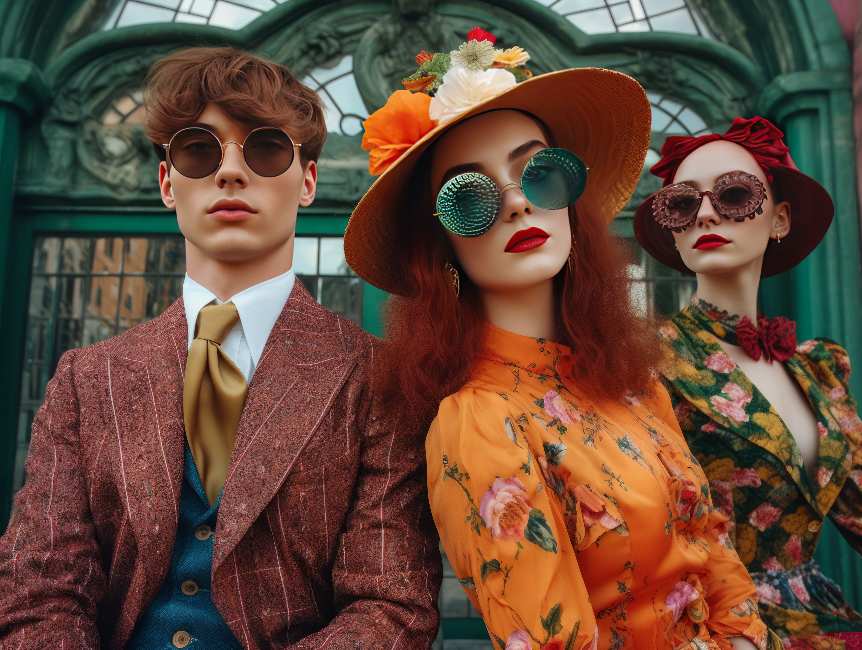
Embrace enigmatic exceptionalism with deliciously daring displays of sinful scholarly seduction in the forms of mystical motifs, ancient amulets, scientific symbolism, and sophisticated sultriness.
SEXY STRUCTURE, DARING DRAPING, LUXURIOUS LINES
Dark Academia Dresses
Gloriously Gothic
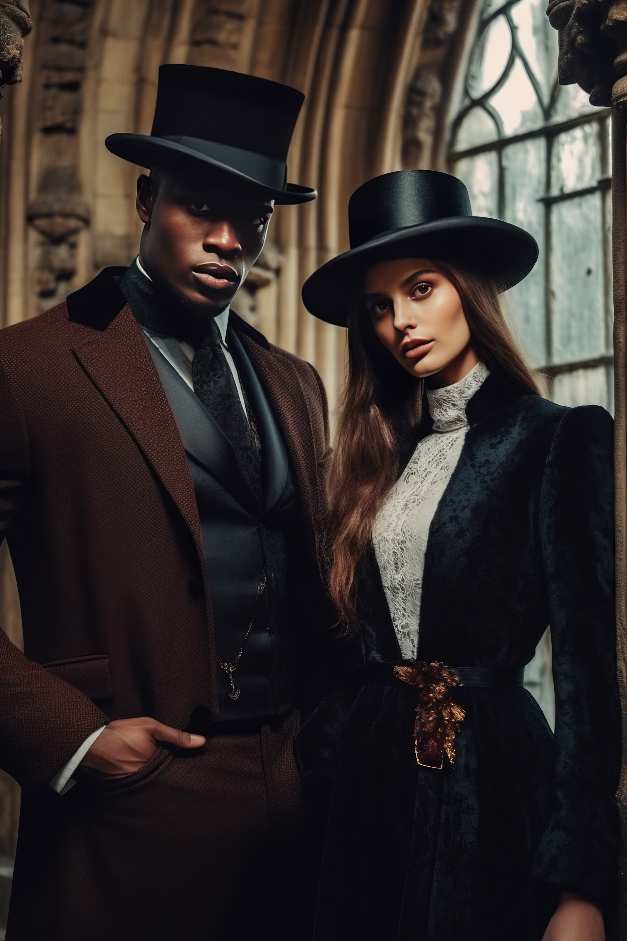


Primarily worn by the upper classes, gaudy Gothic dress designs displayed wealth and social status with ornate flowing styles reflective of Medieval Gothic architecture.
Darkest Dark Academia Gothic Influences
Throughout the medieval Gothic period, clothing came from fine fabrics like silk, velvet, and brocade. Colors varied depending on social status and availability of dyes. Wealthy individuals displayed their status through intricate embroidery, jewelry, and the use of expensive fabrics. Fashion trends were also influenced by the Church, with religious art often depicting idealized clothing styles.
Medieval Gothic fashion, clothing styles, and trends spanned from the 12th to the 15th century in Europe. Influenced by the Gothic period’s ascendant aerial architecture, allegorical art, and Christian cultural developments, dress fashion trends developed over time:
Early Gothic Period (12th – 13th century):
12th Century: The early Gothic period saw the transition from the Romanesque style. Women’s dresses were typically ankle-length and featured fitted bodices with long, flowing sleeves. The use of belts or cords around the waist was common, and head coverings like wimples and veils were worn.
13th Century: Fashion evolved with more fitted garments. The “bliaut,” a close-fitting gown, was popular among women. It featured tight sleeves and a flowing, voluminous skirt. Men wore tunics and fitted chausses (leggings), often with decorative embroidery.

High Gothic Period (14th century):
14th Century: Fashion became more elaborate and structured. The “cotehardie,” a tight-fitting garment with buttons down the front, was popular for both men and women. Women’s dresses featured high waists and elaborate headdresses with veils. Men’s clothing included fitted tunics, hose, and sometimes surcoats.
Late Gothic Period (15th century):
Early 15th Century: Women’s dresses became even more fitted, with narrow waistlines and deep necklines. The “hennin,” a tall, pointed headdress, gained popularity. Men’s fashion included long gowns and shorter, fitted jackets called doublets.
Mid-15th Century: The “Burgundian style” emerged, characterized by wide, padded shoulders and elaborate headdresses for women. Men’s fashion included shorter doublets with wide, slashed sleeves and hose.
Late 15th Century: The trend toward more opulent and ornate clothing continued. Women’s gowns featured deep V-necklines, and large, cone-shaped headdresses became fashionable. Men’s clothing included richly decorated doublets and hose.
